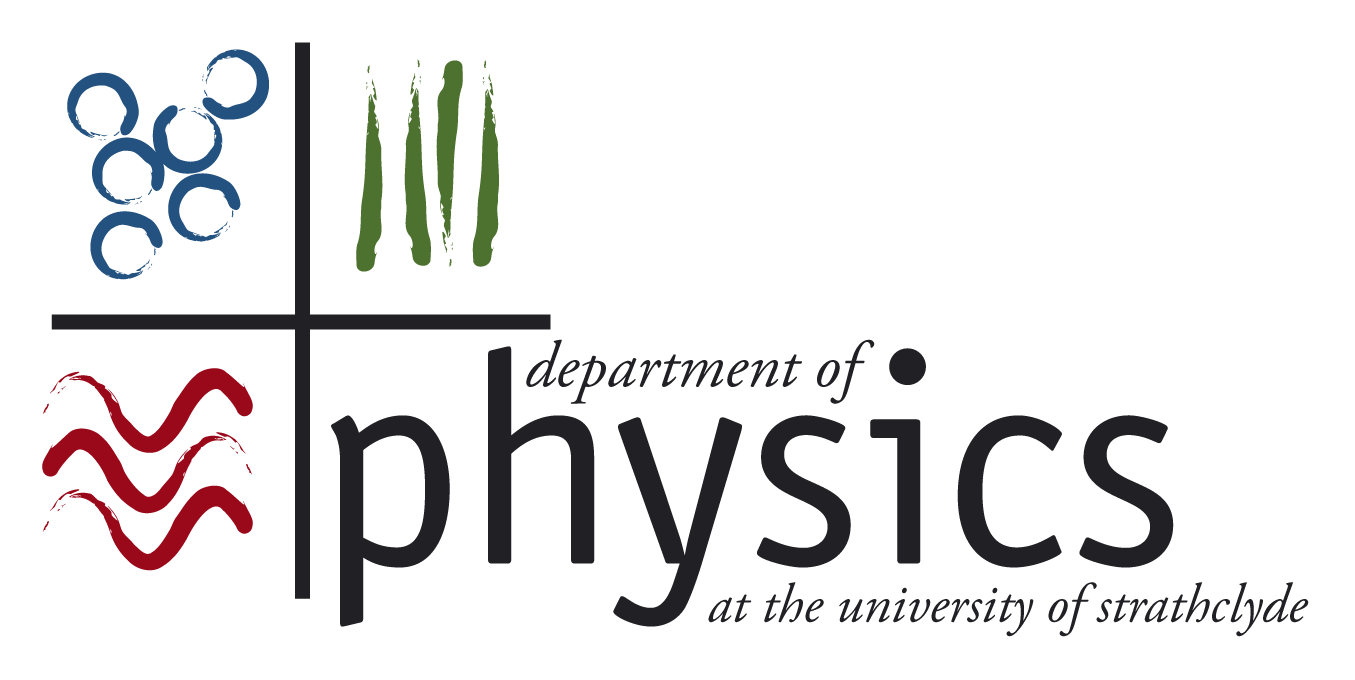
 |
Atomic and Molecular Diagnostic Processes in Plasmas |
The fitting coefficients are tabulated by element Z (where Z is the nuclear charge), isoelectronic sequence N (where N=0,1 ... is the number of electrons of the initial target ion) and initial metastable levels M (where M=1 for the ground level etc.) of the ground and metastable terms. Results are available for all elements from He to Zn, plus Kr, Mo and Xe, for all sequences up to Mg-like. Other elements may be added on request. Here is a nice table, in Kelvin or eV, for those of you who just want the fit coefficients:
 Complete fit coefficient table, in Kelvin or eV.
Complete fit coefficient table, in Kelvin or eV.
Further information, upon which this table was generated, is also available viz. in addition to the fit coefficients, the original temperature tabulated total RR rate coefficients obtained from the archived adf48 files, the result of the fit and the fractional difference. This is contained in a single (arbitrarily ordered by Z, N and M) master file, available in Kelvin or eV (gzipped). The tabulated temperatures are the ADAS standard viz. (101 - 107)*z 2 K ***, where z is the residual charge of the electron target. Finally, the table itself was produced by this Fortran program from the master file, i.e. if you adjust the Fortran format statements you can easily format output as you please.
Final-state resolved partial RR rate coefficients for ground and metastable intial states are archived according to the ADAS (Atomic Data and Analysis Structure) adf48 file format (which has the same structure as the DR adf09 file). Data are available in both LS- and intermediate- coupling. Here is the key to decoding the adf48 files names. (Note, all file names originally had the same year code as for DR viz. nrb00 etc. They have been renamed nrb05 etc for consistancy with their archiving by ADAS. The contents of the files are unchanged.)
 Ur-like
(individual) ion files, or
sequence tar file.
Ur-like
(individual) ion files, or
sequence tar file.
 H-like
(individual) ion files, or
sequence tar file.
H-like
(individual) ion files, or
sequence tar file.
 He-like
(individual) ion files, or
sequence tar file.
He-like
(individual) ion files, or
sequence tar file.
 Li-like
(individual) ion files, or
sequence tar file.
Li-like
(individual) ion files, or
sequence tar file.
 Be-like
(individual) ion files, or
sequence tar file.
Be-like
(individual) ion files, or
sequence tar file.
 B-like
(individual) ion files, or
sequence tar file.
B-like
(individual) ion files, or
sequence tar file.
 C-like
(individual) ion files, or
sequence tar file.
C-like
(individual) ion files, or
sequence tar file.
 N-like
(individual) ion files, or
sequence tar file.
N-like
(individual) ion files, or
sequence tar file.
 O-like
(individual) ion files, or
sequence tar file.
O-like
(individual) ion files, or
sequence tar file.
 F-like
(individual) ion files, or
sequence tar file.
F-like
(individual) ion files, or
sequence tar file.
 Ne-like
(individual) ion files, or
sequence tar file.
Ne-like
(individual) ion files, or
sequence tar file.
 Na-like
(individual) ion files, or
sequence tar file.
Na-like
(individual) ion files, or
sequence tar file.
 Mg-like
(individual) ion files, or
sequence tar file.
Mg-like
(individual) ion files, or
sequence tar file.
 Al-like
(individual) ion files, or
sequence tar file.
Al-like
(individual) ion files, or
sequence tar file.
 Si-like
(individual) ion files, or
sequence tar file.
Si-like
(individual) ion files, or
sequence tar file.
 P-like
(individual)ion files, or
sequence tar file.
P-like
(individual)ion files, or
sequence tar file.
 Publications.
Publications.*** At temperatures above about 108K the relativistic deviation from the non-relativistic Maxwellian electron energy distribution should be factored-in. Above about 109K the contribution from multipoles higher than the dipole considered here should be taken into account.
If you have any comments or queries please e-mail badnell@phys.strath.ac.uk.
 Home Page.
Home Page.